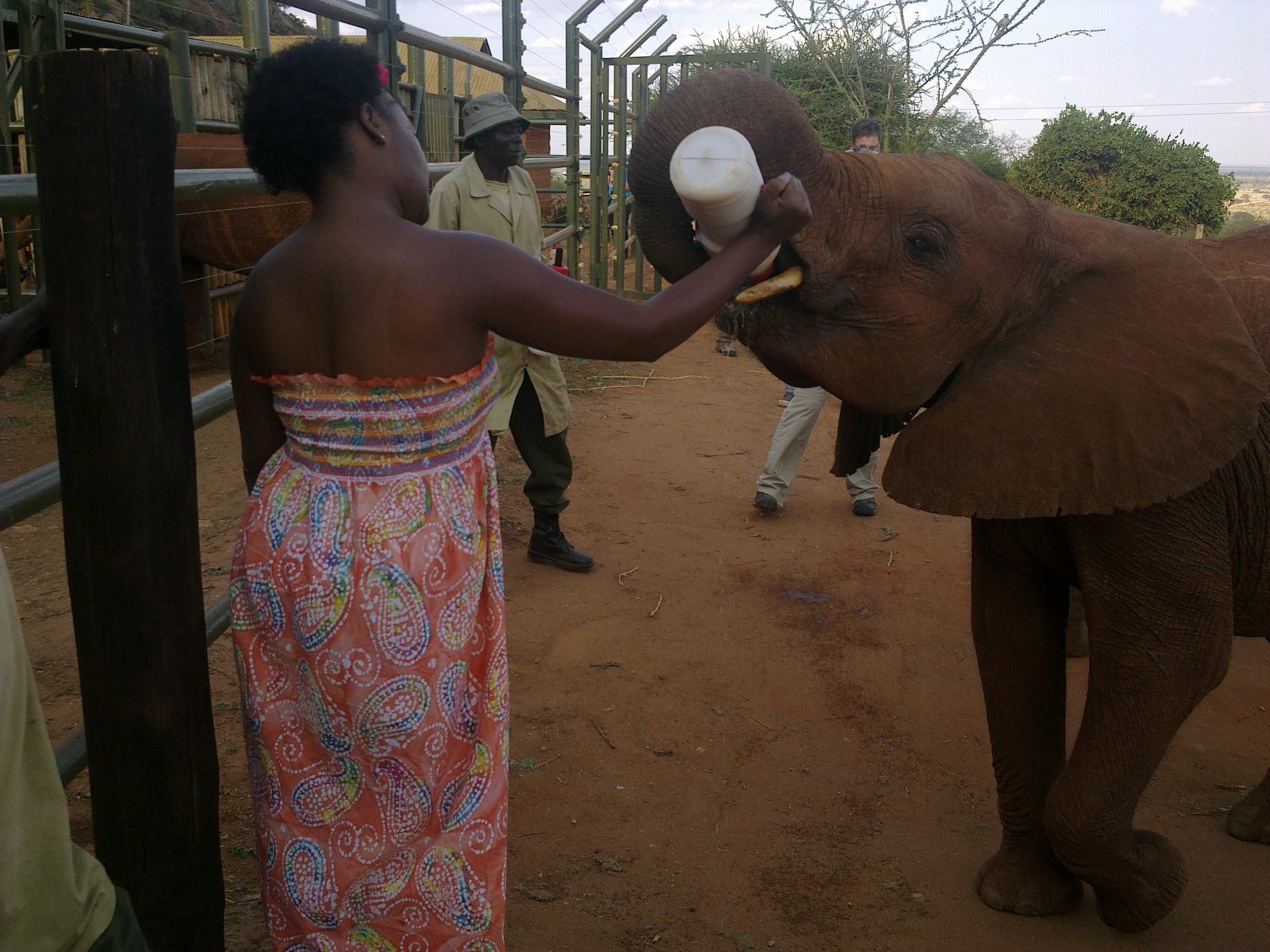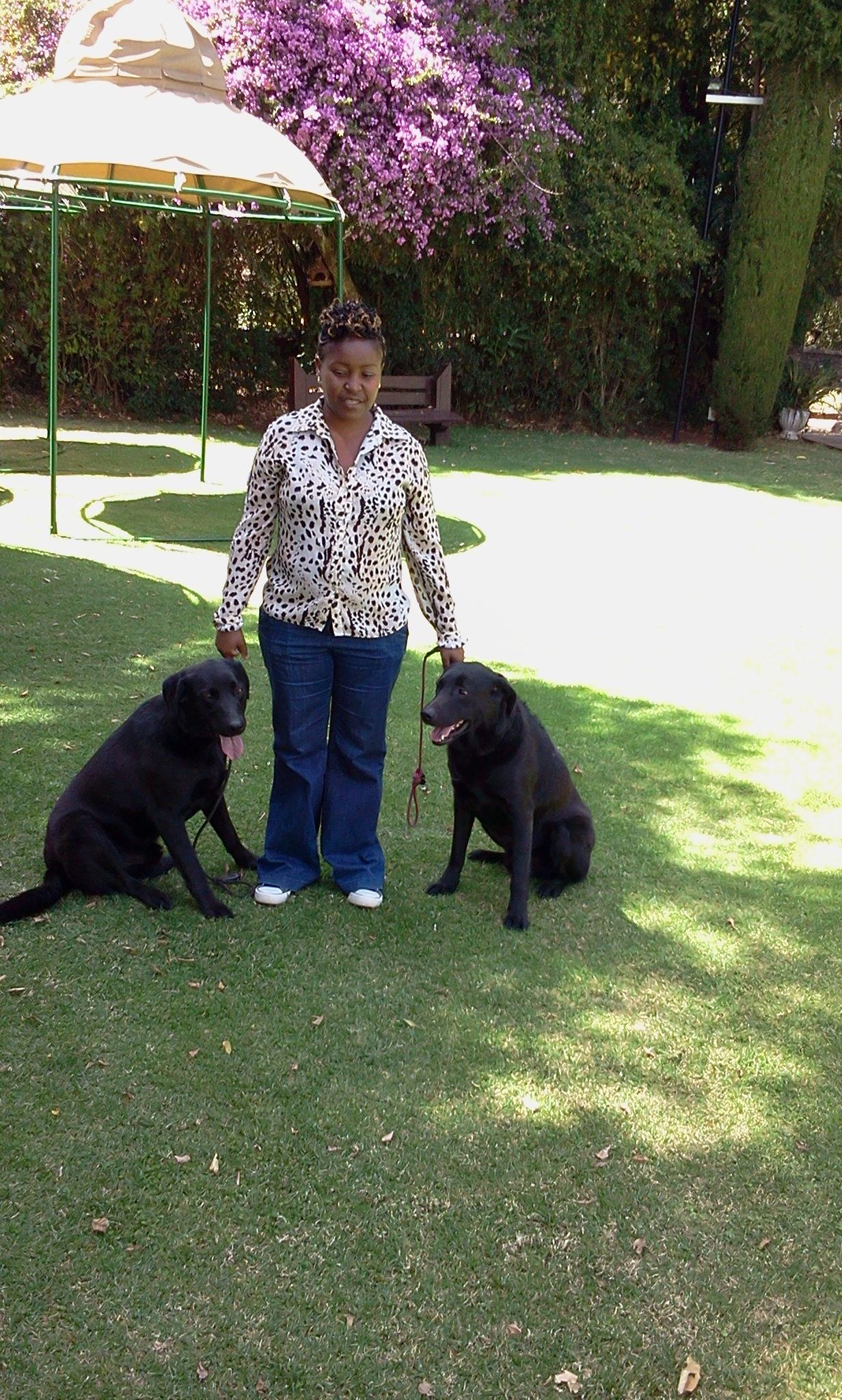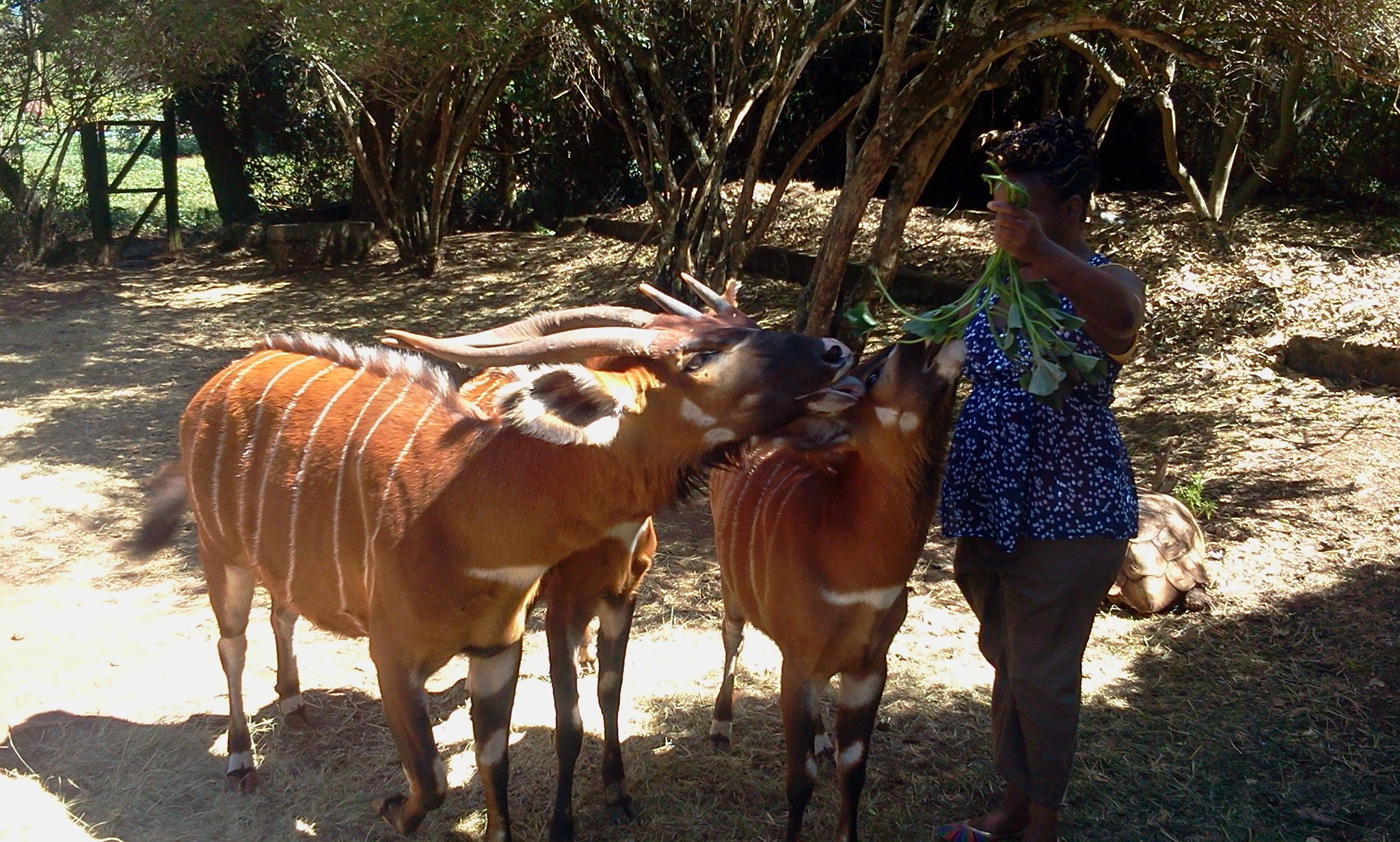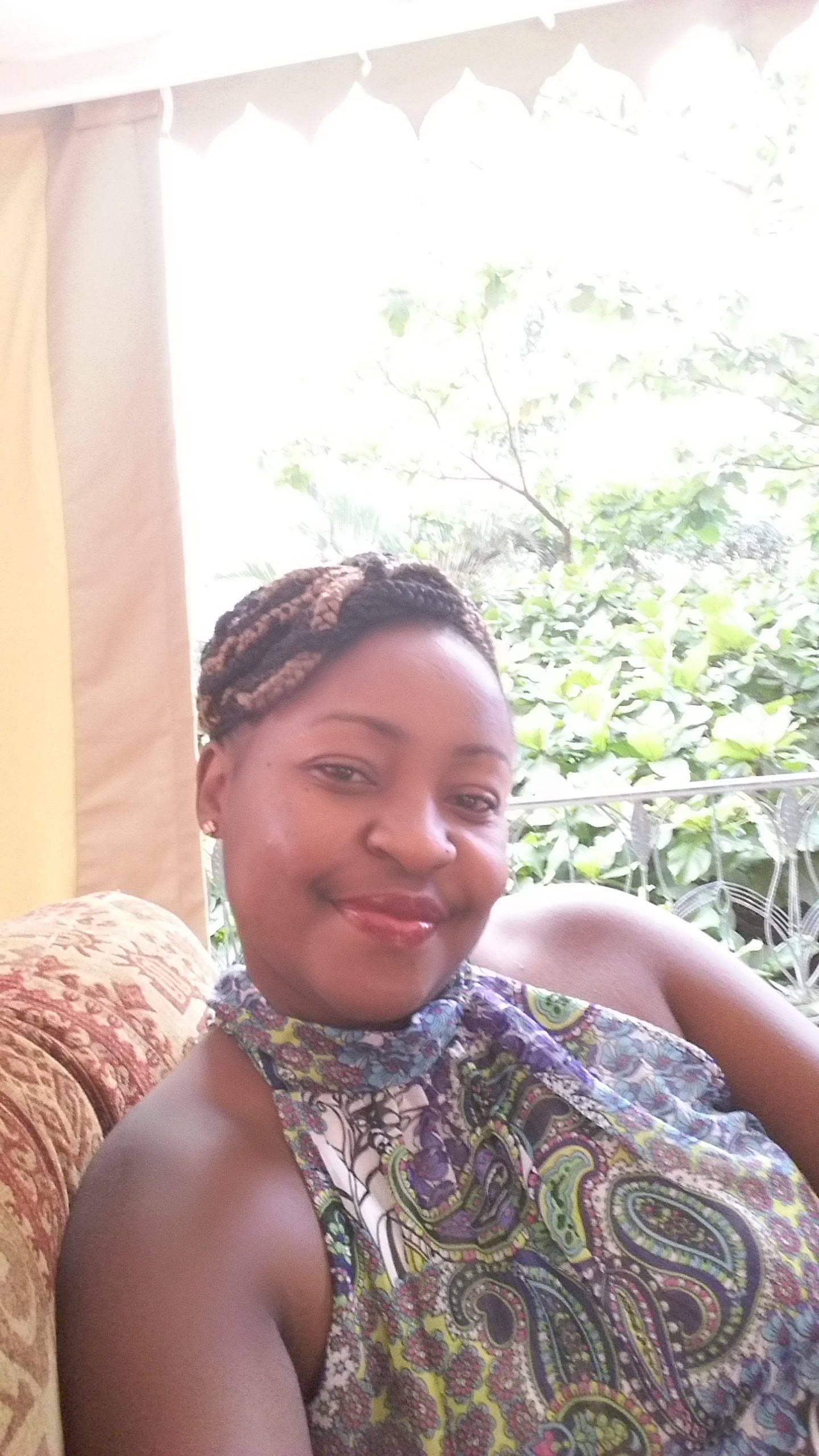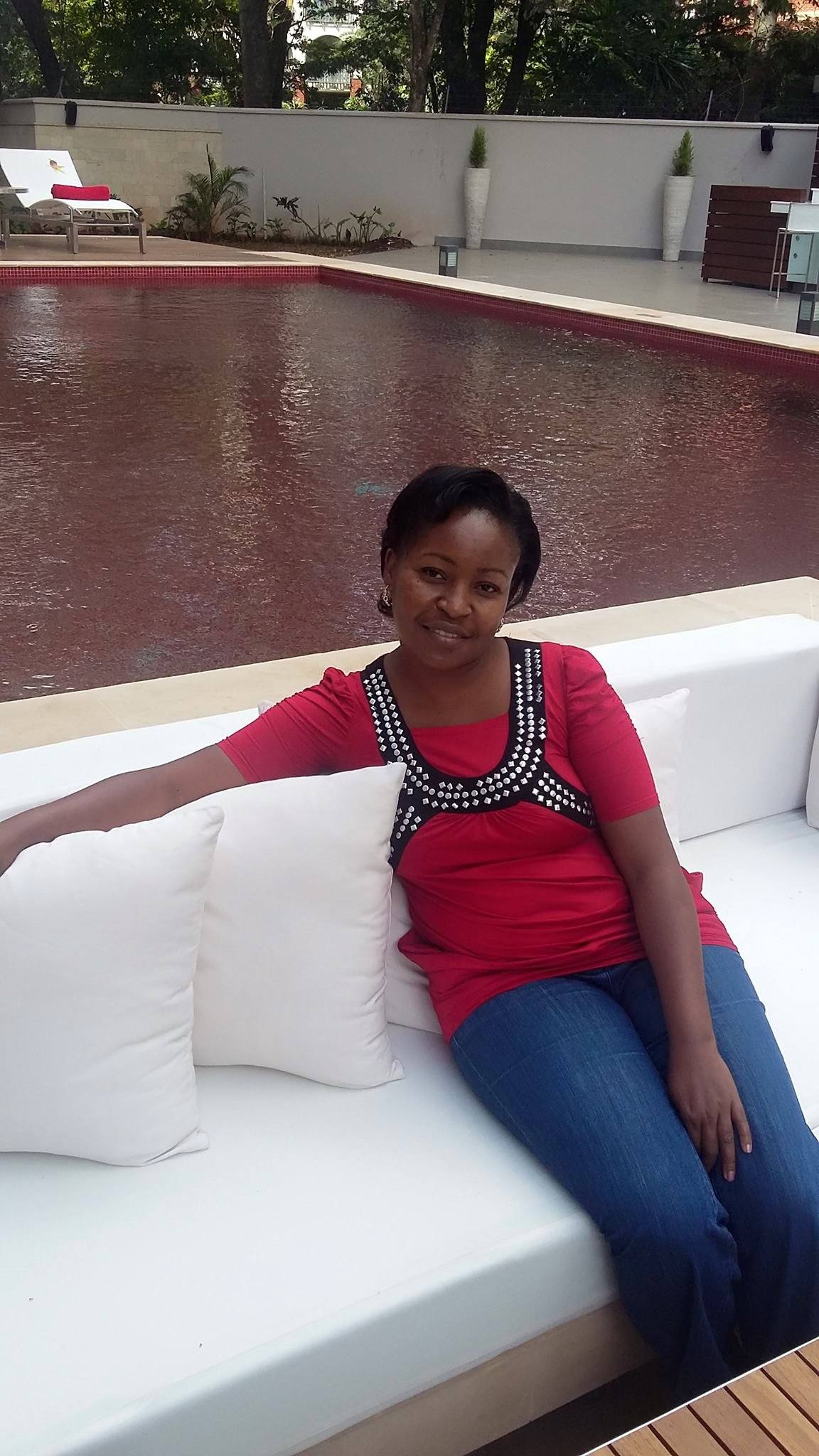PATRICIA KARANI,
KENYA (1981)
Patricia Karani (Kenya) will not only fight for her own life but the life of a child, a parent, a mother, a father or a friend who has lost hope.
My African childhood was nothing but bliss and fun; climbing trees looking for the ripest mango, competing in athletics and even beating the boys in relay games. I loved to run. Whatever game a boy could do, I felt I could do it better. I loved being young and vibrant. I could be squeezed in a small space with practically no air to breathe and I would still come out alive, smiling and well. I was energetic and strong.
But your body had other plans for you, I guess?
You can say that! I never realized then I had an invisible illness. At the age of about 10 years, I was hit by the edge of a window while being my normal boyish self, running around the compound while playing hide and seek. I developed a swelling that was larger than usual but I never thought of it as anything serious. Some years later, I visited our village with my family and the next day I was left there to do the manual work women were expected to do; cooking lunch for 50 farm workers using firewood and a big sufuria– that is a cooking pot – that was the size of a washing basin. I was okay until I got up the next morning and I couldn’t hold anything because my hands were extremely swollen. When I tried doing something I felt excruciating pain. That day the boys had to cook for themselves since my mother had returned to the city. I suffered because I was still expected to do manual work regardless of my evident swelling.
You didn’t think that much about it at that point?
I was a bit bewildered but no, I didn’t give it that much thought. However, several years later I went back to the village with my mother. There was a lot of walking involved and the house was full of dust as it was rarely occupied. Once we got there, the first job was to clean the house. Then my throat started to swell and we had to take public transport back to the city and head straight for the hospital because I could barely breathe.
This was your first throat attack?
Yes. I was extremely confused and scared and I wondered what was wrong with me. I remember that as the longest journey ever and it was the beginning of my quest to find out what I was really suffering from.
I flashed back on my childhood and the only health issue I could remember was when I had some sort of stomach discomfort, especially when the car windows were rolled up. I would get extremely nauseated if I was in a car where no fresh air was getting in and I would throw up. Strong perfumes also affected me and made me extremely nauseated. I used to get swellings for no apparent reason. No one knew what ailed me but my mother helped me seek for private doctors who could assist me because all we knew was that I must be allergic to something.
Did you tell people – apart from your mother – about the swellings?
Well, when asked why I was so swollen, I preferred to lie and say that I sprained or injured my muscles, as I didn’t want to start explaining something, which I myself was not sure about. If I did, in fact, dare try to explain, my long stories normally ended up with responses like “You need to visit your local pastor for prayers and deliverance” or “That looks infectious” or “This is a curse from your forefathers – you need to pray hard and repent”.
Around 16 the swellings began to increase.
Yes, when I was in secondary school and heading to16 years of age my swellings really increased and my normal day-to-day life got a lot of setbacks. My once playful nature had to be scaled down a big notch so as to avoid any instances of swelling. Therefore I was exempted from games and running – and ultimately I was put on a sick children’s list in school.
A milliard of problems began; my body would really overheat even in cold weather. A lot of sweating was involved when I have an attack anywhere on my body. At times I would get really thirsty and at other times my body would crave for some types of foods. My energy levels would go down such that I couldn’t even focus or think straight, let alone get out of bed. I would get very nauseated before and after my monthly periods and end up throwing up till I have nothing else to throw up but air. Frequently I had painful bowel movements that would cause me to pass out and I experienced terribly painful swellings to the face, hands, and legs. These could last five to six days. I would get extremely moody and annoyed due to feelings of helplessness with no hope for a solution.
So your life was basically on a downhill slide?
It was. Especially when I was feeling unwell and those around me still expecting me to do things, which I had no energy to do. Moreover, trying to explain how I felt was not easy because when my energy levels dropped due to internal swellings, I had no external swelling to justify what I was feeling. Due to this, I was labeled as “the lazy one”. This really brought down my once confident and free-spirited nature. I became conservative – a closed human shell. I became very selective about whom to interact with when I was feeling unwell.
I had only one friend who took the time to fully understand me and bear with me when I was feeling sick. Feelings of despair and loneliness encompassed me as I got discriminated upon at work as well as in hospitals where doctors didn’t want to take up my case. They said that I was “a walking time bomb” and obviously they didn’t want any legal issues should I die when in their hands. I got discouraged, I felt cursed and abnormal and I would often cry when I had an attack. What ailed me did not have any explanation, no exact trigger nor did it seem to have any mercy on me.
With time I realized that when I strain my body like sitting down or standing up for too long, lifting heavy items, having pimples on my face, inhaling too much dust or receiving trauma on any part of my body, it would cause some serious swellings. At times taking extremely cold drinks would also start a throat swell as would emotional stress.
At this point, I wondered if I was going to reach the age of 30 without death rearing its ugly head upon me. I would swell practically anywhere; my face, throat, lips, neck, chest, stomach, feet, along my spine, and shockingly I discovered genital swellings too.
You began going to the hospital when you were in your teens. Why was that?
Well, the school nurse used to get scared that I might die in her little dispensary so I had no alternative but to start visiting hospitals and having numerous tests. Naturally, this was affecting my education. And it led to my senior teachers and my headmistress asking many questions about the illness with no name. At that time we started looking for specialists because the headmistress suggested I should look for another school to enroll in. She wasn’t exactly understanding of my situation.
At one time I changed hospitals to try and see if maybe the new place would better know what I was suffering from and maybe even how to treat me. However, I only got subjected to further tests and a hefty medical bill, which accrued within six hours as they tried to bring down enormous facial and throat swells with all sorts of medicines. I felt like a laboratory rat and I was truly upset because it wasn’t fair towards my family as they were not very well off.
But then you made a decision to self-medicate.
Yes, at that point I chose to kiss the hospital doors goodbye. The medicines I was being injected never brought down my swellings and I would still reach the terrible choking stage but I really had had enough of hospitals. I self-medicated on antihistamines and chose to just overdose them so as to reduce the pace of the swellings. I would do so especially for my throat swellings. They devastated me and I knew that if I would not overdose and die, then my throat swellings would eventually take me to my Maker. I would buy 30 tablets of celestamine– a steroid that works by inhibiting the production of a compound in the body causing pain and inflammation. I would finish them in a period of just four days. This really frustrated me, you know, because I didn’t want to overdose but at the same time I didn’t want to die. I would sit on my bed for hours and pray that this was not my last day on earth.
But then there was what one could call a turning point?
Indeed. I had a throat swell and once more I was taken into hospital emergency. The medicines did nothing much and I could barely see anyone because my eyes were swollen shut. I struggled to breathe and the doctors kept asking for my consent to cut my throat open so as to get some air into my lungs, but I wrote “NO” on a small piece of paper. So they kept a vigilant watch over me. The next thing I remember, I was seeing a white light and I thought, “Oh my goodness, is this Heaven?” – had I really passed to the other side? At that very moment I felt a strong message coming through that said, “No, you have not completed your purpose in life”. Then I regained consciousness and my ears opened up just to hear the patient in the next bed snoring. I was still on my hospital bed and my throat had opened up a bit and now I wasn’t struggling to breathe as much. My mom was by my side and I reached out to touch her and she touched me back. That to me was my first near-death experience. However, there were many more to come and many more to fight.
I guess it is almost needless to say that you were very misdiagnosed?
I was diagnosed with amoeba, stomach bacteria, typhoid, chronic duodenitis, hyperacidity, anemia, and allergies of all kinds. That kept on until one day I met a doctor who called it “angioneurotic edema”. The next thing that came from his mouth was “There is no cure – you have to just learn to live with it”. My heart sank!
So how did you get to know what it really is?
I chose to do research on my own and I discovered many things about angioneurotic edema. Along the way, I found out that I most likely had HAE as my dad had similar swellings. Furthermore, my paternal grandmother died from a throat swelling after she had come in from tilling the land on her farm. My two brothers had the same symptoms and through them, I first heard about research going on in the United States and how they had been enrolled in a clinical trial in order to come up with a cure for the condition. My brothers gave me an amount of hope when they told me that some medicines had been discovered which would reduce swellings in just 15 minutes. Based on what I had experienced at that point, I didn’t really believe what they said. I was hopeful, for sure – but without hope, at the same time because these medicines were not within my reach in Kenya.
Up to this day, your country has no HAE medications for acute attacks?
No, most rare diseases are neglected in Kenya since the emphasis is on infectious diseases such as TB and HIV and the growing pandemic of non-communicable diseases such as CVD and cancer. A condition with a prevalence rate of maybe one out of 5,000 is not given any priority in Kenya. Subsequently, treatments are not reimbursed by the national health insurance scheme or by private insurance. At the same time most modern HAE medications are not available in the hospitals other than androgens and for emergency treatments, there is only access to fresh frozen plasma.
So you were in the dark.
Well, they say that dawn comes after dusk, don’t they? My whole productive life was indeed filled with dusk. I lost jobs because of my frequent swellings, which would often start on Monday mornings. One would think I was suffering from a hangover due to over-indulgence in alcohol during the weekend or maybe I was just plain lazy. I lost friends who did not understand why I refused to take long bus trips with them. I lost love relationships as men took to their heels and thought that I must be suffering from an infectious disease. I would sit and remember the days when I was active and how my life had changed to current inability and lack of energy.
When you made the national presentation on behalf of Hereditary Angio Edema-Kenya at the HAE Global Conference in Madrid in May 2016, you said, “The journey of a thousand miles begins with one step”.
That’s just the way it is, isn’t it? And you know, one day a ray of light did actually shine on my dark path and I decided to move a step forward and fight even harder. The change came when my brother – who was still in the United States – told me that he would send me a lovely lady who had children with HAE to come and help me and be there for me. She – Karen Baird, that is – did, in fact, come to Kenya and she advised me to look for danazol. It is a synthetic steroid that works by decreasing the level of certain hormones, which reduces the symptoms and severity of a disease. I was, however, pretty scared of danazol then because I heard it had bad side effects such as growing a beard. Now, that would not have been a pretty sight to behold considering the fact that I am a lady. Danazol is not readily available in Kenya, so I had to really search from one pharmacy to another for six months and it is also not a cheap drug. It took me a while to realize that generic danazol does not help much. Original danazol, which I got finally, would prevent frequent swelling. However, there were still some rare breakthrough swellings.
My newfound friend encouraged me and held my hand and we would cry together. She truly felt my pain and would understand everything I tried to tell her. She was heaven sent. For the first time ever I would talk to someone who knew and understood what I felt and what I had gone through. I would not even need to explain much. Karen never judged or criticized me. Indeed, she has encouraged me up to this day and I hold her very dearly to my heart.
The medication did, in fact, help you?
Yes, since I began taking danazol, I have been able to work without fear of swellings and I can take a long swim, my favorite sport. This relief was brought not by any doctor but by my sheer will to live and complete my purpose on this earth. I realized that this illness requires one to be in control of one’s own health and in charge of one’s own happiness. Naturally, I still hope to have access to affordable HAE medicines one day so that my breakthrough attacks may not haunt me but I have already smelt freedom again. I feel I have another chance to live my free-spirited life. Now I am happy and I can manage my condition with a positive attitude. At times that’s all an HAE patient requires – a helping and encouraging hand of someone who will not criticize you when you are down. Once again I can only say thank you so much, Karen.
How did your life in general change at that point?
I love nature, so I have revived my past hobbies of taking care of our wildlife and going on mountain hikes. Also, I have decided to be a dedicated advocate for this life threatening disease and I will not only fight for my own life but the life of a child, a parent, a mother, a father or a friend who has lost hope in dealing with the gruesome episodes of this unpredictable illness. Indeed, through my rough experiences, I feel I am a fighter. I fought for some sanity in my life in the midst of an illness that depressed my very spirit, and now I can fight for another’s life. I am hopeful a cure will be found one day and those ailing from this illness will be able to live normal lives.
I am thankful for the gift of life and for the gift of breath that God gives me free of charge every morning. I am grateful to be alive. A new dawn surely comes after dusk!
What is your hope for Kenya?
I hope that our Kenyan medical fraternity will one day be able to see the severity of HAE and source proper equipment to test and diagnose this condition. That is not only a hope for HAE patients in my country but all over Africa and that is why Hereditary Angio Edema-Kenya is working on including patients in our neighboring countries Uganda and Tanzania where we know there are confirmed cases.
Other plans include incorporating Hereditary Angio Edema-Kenya as an organization with government recognition, expanding the Facebook page and our website, publishing a booklet on life with HAE, conducting interviews with the media, and establishing an ‘Aid my HAE’-campaign program to seek medical funds for individual HAE patients who are in need of financial assistance for their HAE therapy. Also, we want to secure access to life-saving medications in both public and tertiary referral hospitals, create a fund that will facilitate HAE treatment and training of medical personnel, and naturally locate more HAE patients. Today, we know of five confirmed cases in Eastern Africa. Four are in Kenya – though one of them passed away a few months ago from lung cancer – and one is in Uganda. However, based on the population there must be close to 1,000 HAE patients in total in Kenya alone.
How is the knowledge level among medical personnel in Kenya?
There is no specialist center for HAE in the whole country, nor are there HAE clinically trained medical personnel. When it comes to HAE, the knowledge of our Kenyan doctors is dangerously low – around “1” on a scale from 1 to 10, I’d say. Furthermore, the access to medication is very limited and in case of an attack, patients are given antihistamines, hydrocortisone or adrenaline. I am working with various doctors to raise awareness through doctors and nurses in the emergency rooms of the hospitals in Kenya.
Most recently you have been appointed HAEi Regional Patient Advocate from Africa. Do you have any thoughts on that particular topic?
I never in my wildest dreams imagined that an illness that had plagued and tortured me for so long would one day make me have confidence enough to stand and speak in an international gathering as I did at the HAE Global Conference in Madrid, Spain in May 2016. I am glad that the HAEi community found me in my small African town and generously chose me to represent Africa in Spain. I love my newfound HAE family and I am more overwhelmed that I now have this great opportunity to advocate for the African patients. Indeed, the African continent poses great challenges from lack of clinically trained medical personnel to lack of adequate knowledge of HAE. Africa is an uphill task but I love my continent – and every step indeed does start with baby steps! I am more than hopeful that together with HAEi we will bring a change in HAE in Africa – and that there will be access to modern affordable life-saving HAE medicines. My life is more hopeful now that HAEi has taken me under its wing.
A closing remark, Patricia?
I would really like to be able to say “Hakuna Matata”. Maybe you are familiar with it from the musical “The Lion King”? It is a phrase in Swahili meaning “no worries”. It is in common use in Kenya – and I do hope that HAE patients in my country will be able to say that in a not too distant future.


